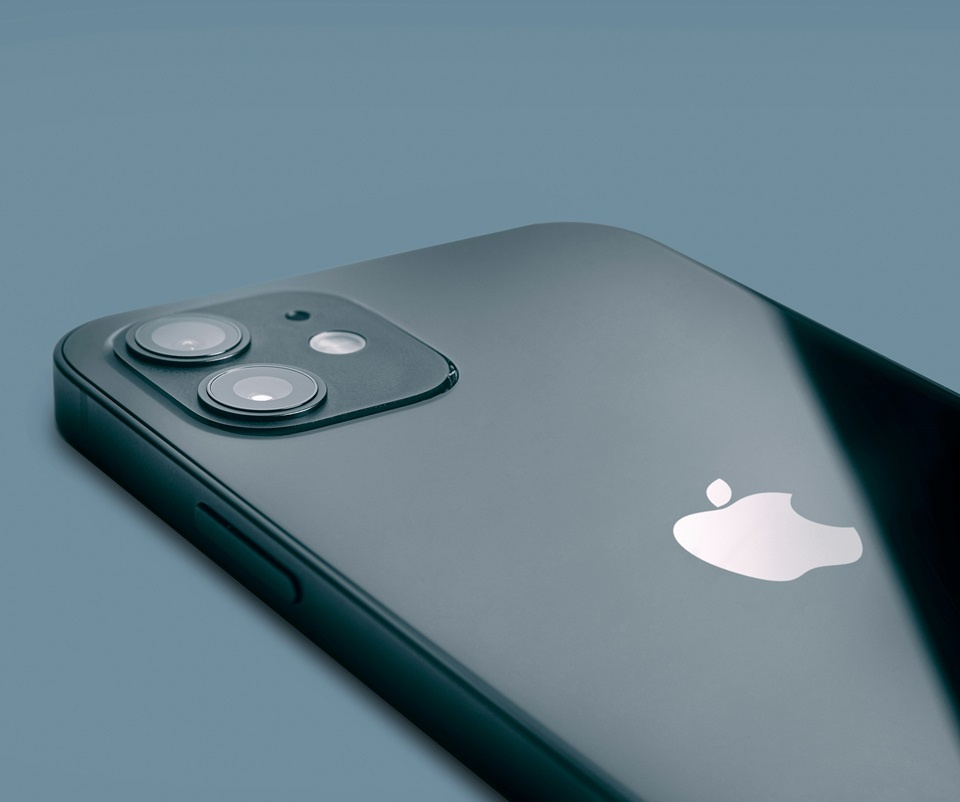
How to Save Passwords on iPhone: A Complete Guide for 2025
Saving passwords on your iPhone is one of the easiest ways to manage your online accounts securely and conveniently. Instead of remembering multiple passwords or typing them each time, your iPhone can securely store and autofill your login details across websites and apps. This guide will walk you through the steps to save passwords on your iPhone, manage them effectively, and keep your data safe using the latest iOS features.
Step-by-Step Guide: How to Save Passwords on iPhone
- Open the Settings app.
Tap the Settings icon on your iPhone’s home screen. - Access Passwords.
Scroll down and select Passwords. You may be prompted to authenticate using Face ID, Touch ID, or your device passcode. - Enable AutoFill Passwords.
Make sure the toggle for AutoFill Passwords is turned on. This allows Safari and supported apps to automatically fill your saved login credentials when you visit websites or open apps. - View or add saved passwords.
Tap Saved Passwords to view a list of all stored credentials. To add a password manually, tap the + icon at the top-right corner. - Enter login details manually.
Fill in the website or app name, your username, and password. Tap Done to save.
Once saved, your iPhone will autofill your credentials on the respective website or app, saving you time and effort.
How to Use Saved Passwords on iPhone
When you open an app or visit a website where you have stored login details, iOS will suggest your saved username and password above the keyboard. Simply tap the suggestion to autofill the fields. This works seamlessly in Safari and many third-party apps that support iOS autofill.
Managing and Editing Saved Passwords
To update or delete saved passwords:
- Go to Settings > Passwords and authenticate.
- Browse your list of saved accounts.
- Tap any entry to view details.
- To edit, tap Edit in the top-right corner. You can update the username or password.
- To delete, scroll down and tap Delete Password.
Using Password Health to Improve Security
iOS offers a Password Health feature that scans your saved passwords for weaknesses such as:
- Passwords that are easily guessable or too short.
- Reused passwords across multiple accounts.
- Passwords involved in known data breaches.
You can access Password Health via Settings > Passwords > Password Health. This tool helps you identify and update risky passwords to keep your accounts safe.
Best Practices for Password Security on iPhone
- Enable Biometric Security: Always keep Face ID or Touch ID enabled to protect your saved passwords from unauthorized access.
- Use a Strong Device Passcode: A complex passcode (6+ digits or alphanumeric) is more secure than the default 4-digit code.
- Enable Two-Factor Authentication (2FA): For important accounts like email, banking, and social media, enable 2FA for an added layer of protection.
- Regularly Update Passwords: Change your passwords periodically, especially for sensitive accounts.
- Use Unique Passwords: Avoid reusing passwords across different sites to reduce risk if one account is compromised.
- Consider Using a Dedicated Password Manager: While iPhone’s built-in password manager is robust, third-party apps like 1Password or LastPass offer advanced features like cross-platform syncing and password sharing.
Using iCloud Keychain to Sync Passwords Across Apple Devices
iCloud Keychain securely stores your passwords and syncs them across all your Apple devices, including iPhone, iPad, and Mac. To enable:
- Go to Settings > [your name] > iCloud.
- Scroll to and tap Keychain.
- Toggle on iCloud Keychain.
Once activated, your saved passwords and credit card information are securely shared across devices, making autofill available everywhere you log in.
Using Password Autofill in Third-Party Browsers and Apps
Many popular browsers like Chrome and Firefox, and apps such as banking or shopping apps, support iOS autofill for passwords. To ensure autofill works:
- Verify AutoFill Passwords is enabled in Settings > Passwords.
- Check that the specific app or browser has permission to access autofill passwords.
- Use the latest version of apps for best compatibility.
How to Use Password Manager Apps with iPhone
If you prefer a dedicated password manager app, iOS supports integration with third-party apps like 1Password, LastPass, Dashlane, and Bitwarden. These apps offer:
- Cross-platform syncing between Apple, Android, and Windows devices.
- Secure password generation and storage.
- Encrypted sharing of credentials.
- Additional security features like breach monitoring and secure notes.
To use a third-party password manager with autofill on iPhone:
- Download and set up your preferred password manager app from the App Store.
- Go to Settings > Passwords > AutoFill Passwords.
- Select the third-party app under the Allow Filling From section.
- Disable iCloud Keychain if you want to use only the third-party manager.
Conclusion
Saving passwords on your iPhone simplifies your online experience by reducing the need to remember or repeatedly type login information. The built-in iOS password manager combined with iCloud Keychain offers a secure and convenient way to store and autofill passwords across Apple devices. By following best security practices—such as enabling biometric authentication, using strong passcodes, and regularly updating passwords—you can protect your accounts and personal data effectively.
For enhanced security and cross-platform convenience, consider integrating a trusted third-party password manager. Whichever method you choose, managing your passwords smartly on your iPhone will save time and improve your digital safety.






